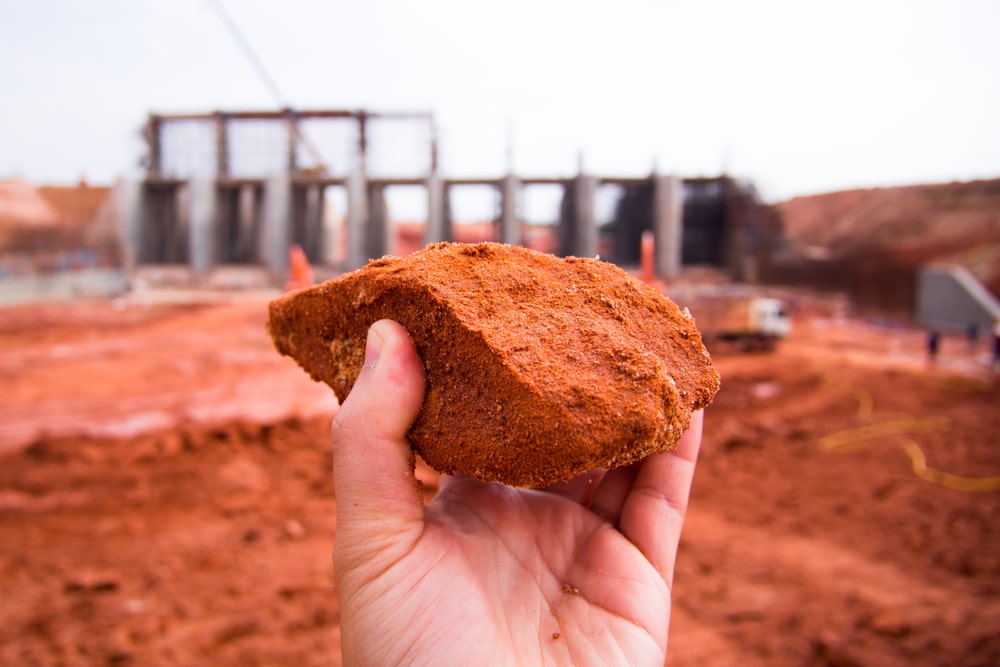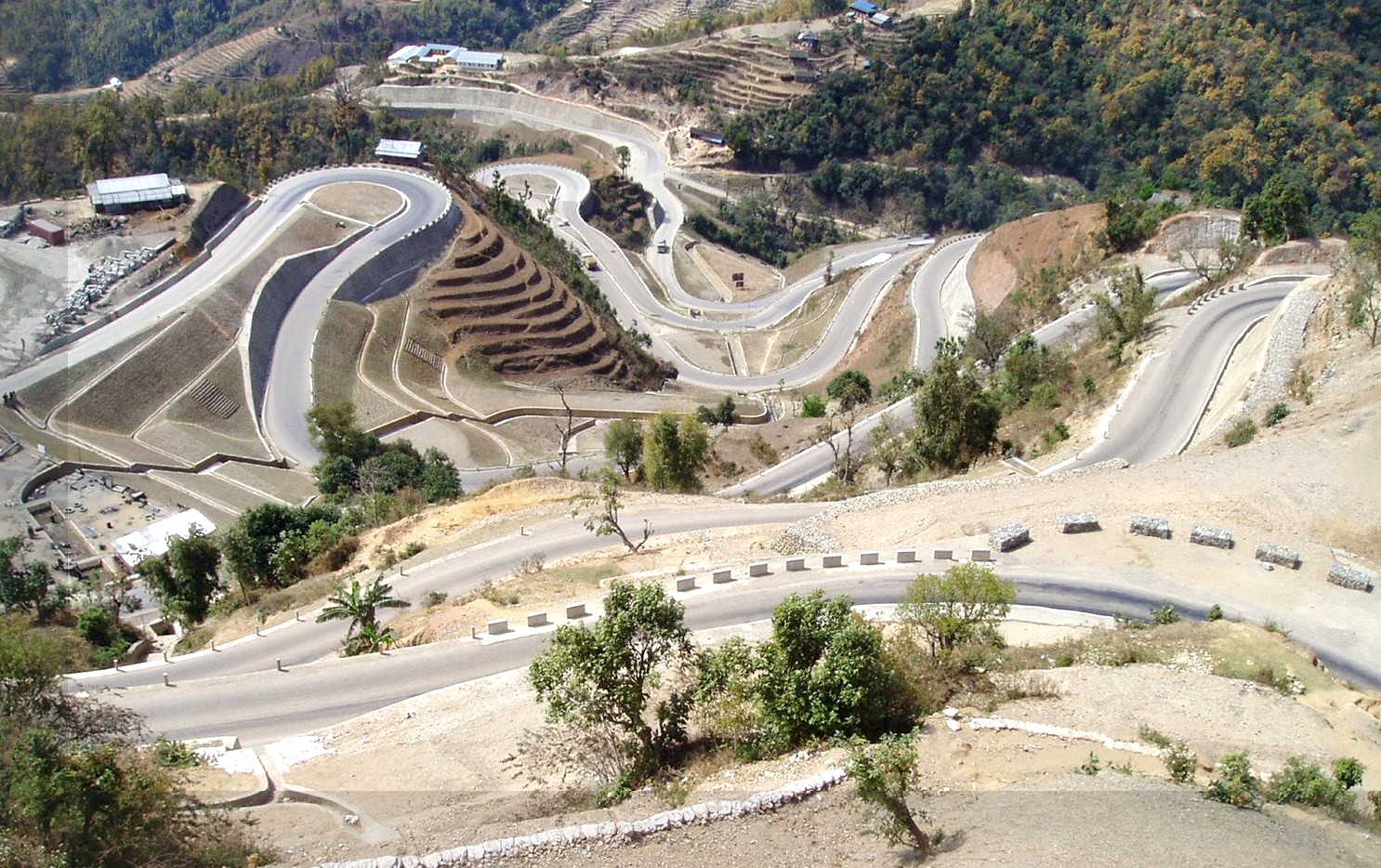Project Geotechnical Engineer Know-how for Large-Scale Dope
Exactly How Consulting Engineers Enhance Geotechnical Design Projects: Insights Into Their Expertise, Techniques, and Collaborative Approaches
Consulting engineers are essential in improving geotechnical design projects, applying their specialized expertise to browse the intricacies of subsurface conditions. Their joint methods foster interaction amongst diverse project stakeholders, ultimately forming the project's trajectory.
Function of Consulting Engineers
The experience of seeking advice from designers in geotechnical engineering is basic to the successful execution of building and construction jobs. These specialists play a crucial role in assessing soil and rock buildings, which are crucial factors influencing design and construction choices. By conducting extensive website investigations, speaking with engineers collect necessary data that educates the style procedure, guaranteeing jobs are improved steady and appropriate ground.
Consulting designers additionally give invaluable understandings right into danger monitoring (geotechnical geologist). They identify possible geotechnical threats, such as landslides, dirt liquefaction, and negotiation problems, enabling stakeholders to execute efficient mitigation strategies. Their proficiency help in maximizing structure styles, which can cause considerable cost financial savings and improved security
Furthermore, speaking with engineers function as an essential web link between task proprietors, architects, and professionals. Their capacity to equate complex geotechnical information right into workable suggestions cultivates partnership and helps with informed decision-making throughout the task lifecycle. This multidisciplinary method not just improves task effectiveness yet likewise ensures compliance with governing standards and ideal practices.
Trick Approaches in Geotechnical Design

One main method is site examination, which includes carrying out area examinations and research laboratory evaluations to collect information on subsurface conditions. Techniques such as Standard Penetration Testing (SPT) and Cone Penetration Testing (CPT) are commonly made use of to review dirt stratigraphy and toughness. Furthermore, geophysical techniques, including seismic and electrical resistivity surveys, offer non-invasive ways to evaluate subsurface attributes.
One more important technique is numerical modeling, which makes it possible for designers to imitate numerous circumstances and anticipate just how soil-structure communications will behave under different loading conditions. Limited Aspect Analysis (FEA) is a common approach used in this context.
In addition, the layout of structures, maintaining structures, and earthworks counts greatly on these methods - geotechnical geologist. By incorporating sophisticated logical tools with area information, getting in touch with designers can establish tailored remedies that attend to particular task obstacles, eventually adding to the security and security of building projects
Value of Dirt Evaluation
Dirt analysis functions as a foundational element in geotechnical design, offering essential understandings right into the physical and chemical buildings of soil needed for reliable building preparation. Understanding soil features is important for establishing its load-bearing capacity, drainage actions, and potential for settlement or instability. In-depth read more soil investigations, consisting of tasting and lab testing, help determine criteria such as soil type, wetness content, thickness, and shear toughness.
These analyses notify the choice of ideal construction techniques and materials, eventually influencing project security and long life. Cohesive soils might need various foundation styles compared to granular soils, requiring tailored engineering options. Soil analysis aids in identifying contaminants that might present threats to human health and wellness or the environment, permitting for the advancement of mitigation methods.
Integrating soil analysis into the beginning of job development helps to decrease unpredicted obstacles, making certain that designers can top article expect and attend to prospective issues prior to they rise. By establishing a thorough understanding of the website problems, seeking advice from engineers can optimize layout effectiveness and decrease expenses, thus enhancing the total success of geotechnical engineering projects.
Collective Methods in Tasks
Successful geotechnical projects often rest on collective approaches that combine diverse knowledge from various disciplines. Reliable collaboration amongst speaking with designers, geologists, ecological scientists, and building and construction experts is crucial for resolving complex obstacles and optimizing task end results. By leveraging the unique abilities and knowledge of each employee, jobs can profit from a holistic understanding of the website conditions, governing requirements, and engineering restraints.
Regular interaction and interdisciplinary conferences facilitate the sharing of understandings and foster a culture of team effort. These collective initiatives make it possible for the identification of possible threats early in the project lifecycle, enabling prompt mitigation approaches. Furthermore, including responses from stakeholders, including regional areas and governing firms, ensures that all point of views are taken into consideration, boosting project acceptance and compliance.
In addition, the assimilation of advanced modern technologies, such as Geographic Information Systems (GIS) and Building Information Modeling (BIM), further enhances collaboration. These tools enable the real-time sharing of information and visualization of geotechnical problems, advertising educated decision-making. Inevitably, a joint technique not just streamlines project execution but also lays the structure for cutting-edge remedies to complicated geotechnical engineering obstacles.
Influence On Task End Results

Consulting engineers employ innovative approaches such as threat assessment and anticipating modeling, which enhance the accuracy of task browse this site forecasts. Their capacity to integrate cutting-edge technologies, like geotechnical instrumentation and information analytics, further fine-tunes the layout and construction procedures. Consequently, projects experience enhanced performance, minimized prices, and reduced hold-ups.
In addition, cultivating reliable communication and collaboration among staff member improves analytic abilities. When obstacles emerge, a united front enables speedy recognition of options, preventing potential obstacles. Inevitably, the joint initiatives of speaking with engineers add to higher top quality end results, ensuring that projects meet both regulatory requirements and client expectations.
Conclusion
